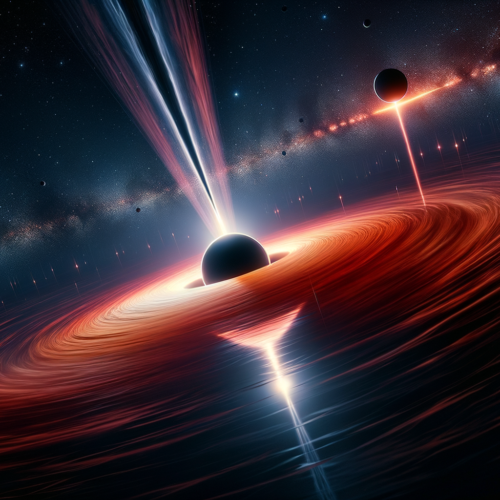Eclipsing the Ordinary: A Celestial Spectacle’s Earthly Encore
- Total solar eclipses occur approximately every 18 months, offering a celestial show as regular as the release of “Fast & Furious” movies.
- The next total solar eclipse is set for Aug. 12, 2026, with another following closely on Aug. 2, 2027. Future paths of totality will span diverse global locations.
- The April 8, 2024 eclipse is particularly noteworthy for its wide path across heavily populated areas of the U.S., promising an extraordinary view for millions.
A Universal Phenomenon with a Local Audience
The cosmos dances to its own rhythm, and like the most punctual of performers, it stages the awe-inspiring spectacle of a total solar eclipse about every year and a half. The next show on Earth’s stage isn’t until August 12, 2026, and it promises to be a grand tour across the skies of Greenland, Iceland, and even parts of the sun-kissed Iberian Peninsula before heading to the Arctic Ocean. Not long after, the cosmic caravan moves to enchant viewers across the Middle East and North Africa in August 2027. For those yearning for an adventure, the celestial schedule is packed with opportunities, from the Australian outback to the savannas of southern Africa, all the way through to 2100.
NASA’s own Padi Boyd hints at a lifestyle most extraordinary for the dedicated eclipse chaser; it’s a global pursuit of shadow and light that could fill a lifetime with unparalleled experiences. But what makes the 2024 eclipse traverse the U.S. a headline-worthy event? Beyond its geographical convenience for North American skywatchers, this eclipse boasts a grander stage and a longer showtime than its 2017 predecessor, promising a more immersive experience of the sun’s corona—particularly vibrant due to current solar activity.
The Rarity of Cosmic Alignments
The phenomenon of a total solar eclipse is a stark reminder of the universe’s grandeur and precision. The perfect alignment required for such an event—that the sun is about 400 times larger than the moon and yet, by cosmic coincidence, the moon is just the right distance to completely obscure the sun from our view—is nothing short of astronomical serendipity. This rare event turns day into night, showcasing the sun’s ethereal corona in a display that recurs for any given spot on Earth roughly once every 375 years.
The emotional impact of witnessing a total solar eclipse is profound, as described by former NASA astrophysicist Fred Espenak. The departure from the ordinary, the abrupt plunge into twilight, and the sight of the corona evoke a visceral, almost primal reaction—a testament to the event’s profound effect on the human psyche.
Looking Beyond the Shadow
Missing an eclipse might seem like a missed once-in-a-lifetime opportunity, but rest assured, the cosmos has a way of rerunning its greatest hits. The 2024 eclipse, with its broader path and extended duration, offers an excellent chance for millions to bask in its shadow. But for those unable to witness this spectacle, remember: the universe is full of wonders, and the next celestial show is just a cosmic stone’s throw away.
Jon’s Take
While the rarity and beauty of a total solar eclipse can stir the soul, it also serves as a cosmic reminder of our place in the universe—a small vantage point from which to gaze upon the vast stage of celestial dynamics. The truth isn’t just out there; it’s right here, in the shared moments of awe and wonder that unite us under the same sun and moon. So, whether you’re directly under the path of totality or following the adventure from afar, let’s cherish these cosmic rendezvous as the unique, unifying experiences they are. Who knows, perhaps the real spectacle is not just above us, but also among us, as we come together to gaze skyward in collective wonder.
Original Article




